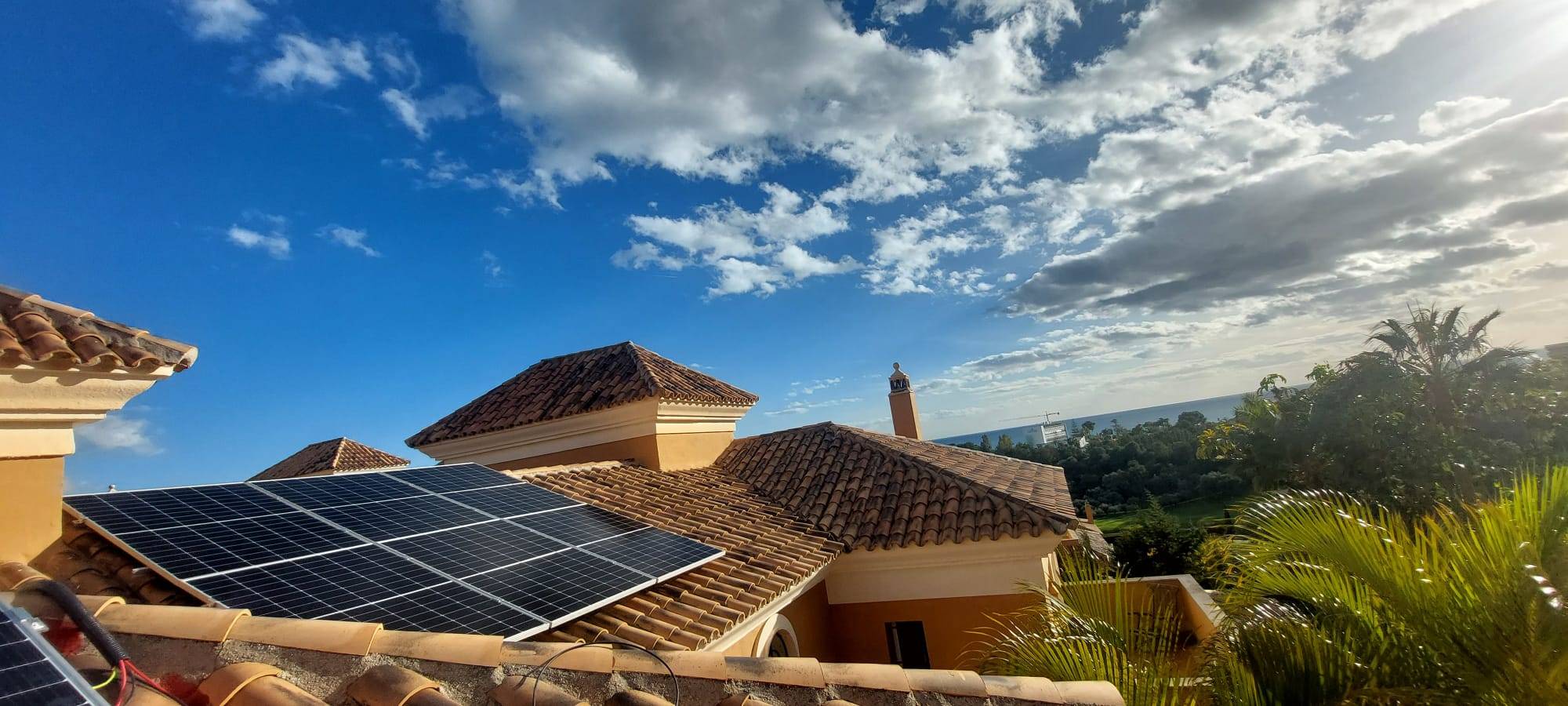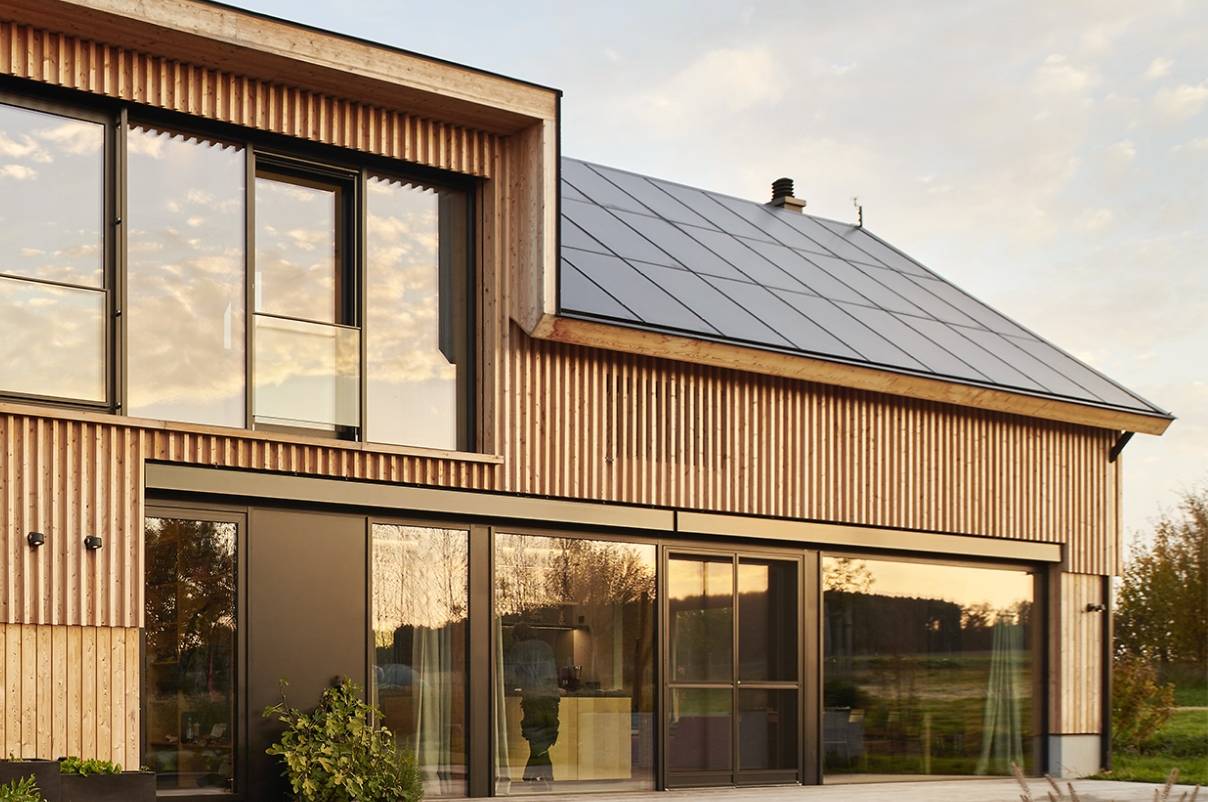If you are interested in knowing ”how do solar panel work?” please read our latest newsletter here. You are most welcome. Solar energy is becoming more and more popular as a sustainable and renewable energy source. Solar panels are at the heart of this clean energy solution. Panels for solar work on two principles: photovoltaics and solar thermals. The photovoltaic effect involves sunlight conversion into electricity through semiconductor materials in photovoltaic cells. Through heat transfer, solar thermal systems generate electricity from concentrated solar power.
The photovoltaic effect allows solar panels to harness sunlight power and convert it into usable electrical energy. Semiconductor materials, such as silicon, within solar cells absorb photons from sunlight, freeing electrons and creating electric current. In turn, this current can power homes, businesses, and even entire communities.
Solar thermal systems, on the other hand, concentrate sunlight using mirrors or lenses on a receiver. Concentrated sunlight generates heat, which is then used to produce steam and drive a turbine, ultimately generating electricity.
How Do Solar Panels Work: Structure of Solar Panels
Solar panels contain several parts that convert sunlight into electricity. Photovoltaic cells, solar inverters, and mounting and tracking systems are the essential parts.
● Photovolic Cells: Photovoltaic cells are the core of solar panels. They use silicon as the base material for maximum efficiency. Residential and commercial applications commonly use silicon-based cells due to their high reliability and performance. These applications also benefit from thinilm solar cells, which are more flexible and lightweight.
● Solar Inverters: Solar inverters convert direct current (DC). Solar panels generate the alternating current (AC) used in homes and businesses. Different types of inverters, such as string, micro, and central inverters, offer different levels of efficiency and performance. That is based on the size and requirements of the solar system.
● Mounting and Tracking: Mounting and tracking systems optimize the position of solar panels for the best connection to the sun. In fixed-mount systems, solar panels are mounted at a specific angle and orientation. Tracking systems adjust the panel’s position to the sun’s movement and in doing so increase energy production.
Solar Panel Installation
Installing solar panels involves careful site selection and evaluation. Energy production depends on factors like shading, roof orientation, and structural integrity. You can mount solar panels on the roof or the ground, depending on the available space and your aesthetic preferences.
The installation process also includes wiring and electrical connections. As a result, the system will be appropriately integrated into the existing electrical system. Safety considerations are essential during installation. Professional installers follow strict guidelines to guarantee the safety of both the installers and the property owner.
Solar Panel Power Analysis
It is essential to consider many factors when analyzing the performance of solar panels. Firstly, the quality of solar cells impacts their ability to convert sunlight into electricity. Investing in high-quality solar cells increases system performance and longevity.
Secondly, the angle and orientation of solar panels have a great impact on their performance. The best way to maximize energy absorption is to place the panels parallel to the sun’s direction. Panel positioning can be optimized based on geographical location and seasonal variations.
Environmental factors, including temperature, humidity, and pollution, affect solar panel performance. Increasing the performance of technology in different climates addresses these concerns.
Grid-Tied vs. Off-Grid Systems
There are two primary types of solar systems: grid-tied and off-grid systems.
The electrical grid powers grid-tied solar systems. Solar panels generate excess energy for re-injection into the grid. It is known as net metering. It reduces electricity bills and promotes sustainability, giving homeowners and businesses credit for their energy savings.
On the other hand, off-grid solar systems function independently without connection to the electrical grid. These systems use batteries to store excess energy generated at night for use during periods of low sunlight. In remote areas without grid electricity, stand-alone power systems offer a reliable alternative.
Environmental Impact of Solar Panels
Solar panels reduce greenhouse gas production. It replaces electricity generated from fossil fuels, which makes energy sources cleaner and greener. Solar panels have a relatively small carbon footprint compared to other forms of energy generation.
Additionally, solar panel reuse and recycling minimize environmental impact. Progress in recycling techniques and policies contributes to repurposing valuable materials and getting rid of panels responsibly.
Technology Trends in Solar Energy
The future of solar technology shows immense promise with new technologies. Scientists and researchers look for new ways to generate renewable energy. New solar technologies include perovskite photovoltaic cells, transparent windows, and green paint. These technologies open up a variety of avenues for energy generation and integration into various applications.
Solar panels are an amazing technology. It is a sustainable energy solution that can change the way we use energy. From installation to performance and beyond, knowing how solar panels work guides us. We can reduce our carbon footprint, promote sustainability, and build our future through solar power.






